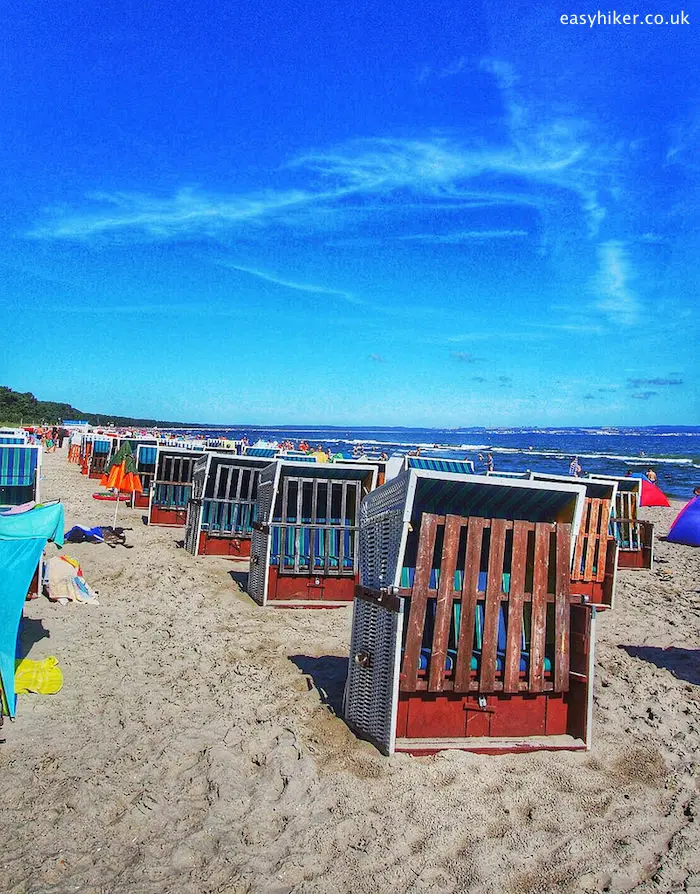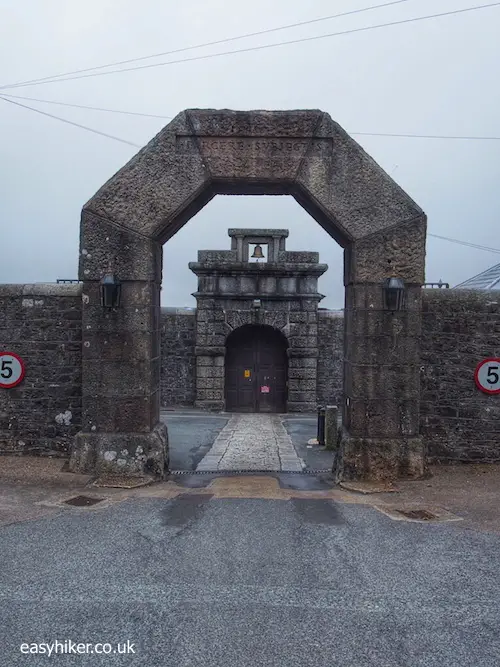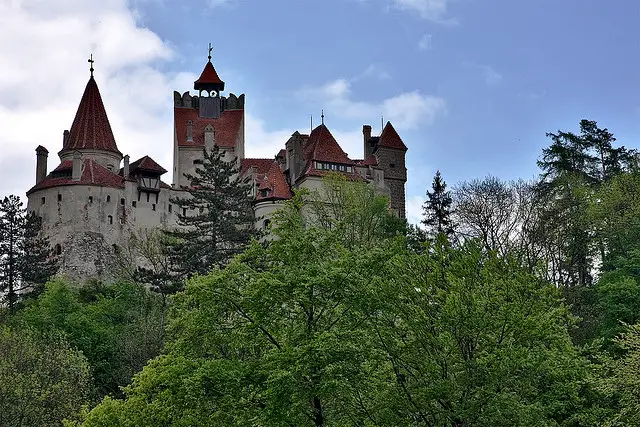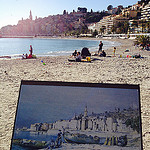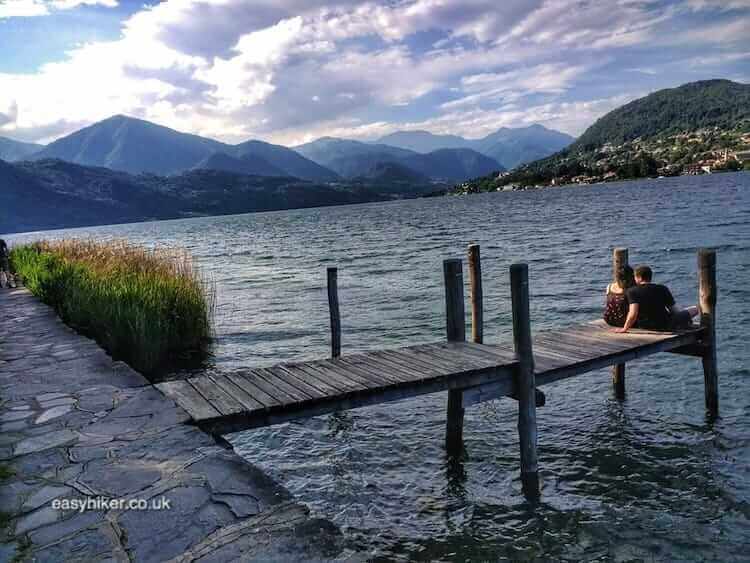Dijon is not a one-bird town.
Having introduced you last week to the Martin-Pecheur, the kingfisher who is occasionally spotted near the trail that has been named in his honour, we will tell you today about the other bird that is associated with the capital of Burgundy: the owl.
In contrast to the Martin-Pecheur, however, this is not just any bird of its species but a very specific one, made of stone and attached to the northern side of Dijon’s largest church.
On a Walk Through Dijon Follow the Owl

Why the owl is there at all is a bit of a mystery. Did the architect leave it on the outside as a sort of signature? Was it carved to lift an ancient curse – or to expel a ghost from the church? Is it an allegorical symbol – but if so, for what? (Let us not forget that this is a Christian church, not a Greek temple.)
The only thing we know for certain is that it is a cherished tradition in Dijon to touch the owl’s face with the left hand while making a wish. No success rate for this enterprise is on record, but the chouette has become so beloved and emblematic over the centuries that the city’s PR department decided to use her as the focal point for its city walk that guides tourists through Dijon’s historical core.
Small owl signs in the pavement mark this Parcours de la Chouette, and larger bronze owl plates identify the spots from where you have the best and most photogenic view of whatever major sight you may be facing.

The route to follow the owl on a walk through Dijon starts outside the central Jardin de Drancy under the Porte Guillaume, the only remaining part of the city wall. The rest was razed in the 19th century.

The parcours takes you in an eastern direction from here, more or less straight into the heart of the historical town centre.
Along the way, you will pass the beautiful Place Francois Rude …

… which is, despite being lined by houses from the 15th and 16th centuries, essentially a modern creation: it did not exist in this form until 1904, when two rows of medieval buildings were removed from the inner city’s dense architectural huddle, making way for something more open and airy with a new fountain as the centrepiece.
Two blocks further east on your walk through Dijon, you will enter its cluster of main sights, starting with the Palais des Ducs which was completed in its present shape in 1737.
Other parts of the building – in the back and around the gardens – look more authentically medieval, having been finished at a time when the powerful Dukes of Burgundy, who were of royal blood themselves, did their best to make life difficult for the kings of France.

The near-by Hotel Aubriot from the 13th century is a fairly good representation of what a palace from the High Middle Ages would have looked like. (Although it did not belong to the Duke’s family but to one of Burgundy’s richest men.)

And while practically no dwellings of ordinary people from this period have survived (in Dijon or, indeed, anywhere else), around the corner from here, on Rue de la Chouette, you will be able to spot a house that will give you a good idea of how the prosperous middle classes lived in the Middle Ages.
This is the Maison Millière, owned at the time by a cloth merchant.

On the same street, you can also find the Dijon Owl, attached to a chapel on the northern side of the Church of Notre Dame.
Once you have made your wish, walk around the corner to take a good look at the church’s monumental western façade which appears to have been erected to block the view of the church proper.

The façade’s 51 gargoyles were all added in the late 19th century. All of the original gargoyles were removed a few years after the completion of the church, in the wake of a fatal accident.
A local banker had been killed on his wedding day when one of the gargoyles that were representing “the sins of the city” became unstuck and fell on his head – a figure that represented, of all things, the sin of usury.
At which stage the local banking association decided to take matters in its own hands, making sure that such an embarrassment could never happen again.
At the end of the Middle Ages, Burgundy lost its power and its independence, having to content itself from there on with being merely one of France’s wealthiest provinces.
The continuing prosperity of Burgundy is documented not least by the large number of palatial residences from later periods that you will encounter on the return leg of the loop.

Just before the end of the parcours, you will come across St Benigne, the Cathedral and episcopal seat of Dijon since the days of the French Revolution when the previous cathedral was ransacked and destroyed.

St Benigne was originally an abbey church which explains why it is located a little out of the town centre and why it has such a calm and beautiful garden.
This place – to the left of the church when you stand in front of the main entrance – is an ideal place for an impromptu picnic. It is best to buy your provisions in one of the many bakeries or sandwich shops along the route near Rue Bossuet.
For the walk through Dijon, you cannot download the brochure for the Parcours de la Chouette anywhere for free, since the local Tourism Office markets the walk commercially in different ways (you can buy the brochure for a small fee at the Tourism Office, and there is also a phone app).
What you can find, however, are bits and pieces including maps. Just look for the Parcours de la Chouette on your browser’s search engine.
The notes include some useful hints, for example where to spot the most splendid examples of the famous Burgundian roof tiles …

… and where to be on the look-out for signs of contemporary modern life in the middle of all this ancient history (such as the Les Halles district).

We also liked the “Boucles”, optional little loops (of 20 to 30 minutes each) that guide you around interesting parts of Dijon just outside the town centre.
Overall, however, we found that the chouette comes across as a rather poor tourist guide. The idea of enriching the brochure’s text with “speech bubbles” from the owl would have worked a lot better if the chouette had been given snarky, gossipy or (we should be so lucky) funny things to say – rather than making her sound even more pompous and pedantic than the neutral narrator.
On the other hand, we had been on a walk through Dijon many years before without such a planned walk and did not see nearly as much.
Based on what I thought I recognized from our first visit – even if I included things that looked only faintly familiar – it seems that, many summers ago, we did not see much more than Place Rude and a restaurant in the area of the covered Les Halles market.
Which proves that there are clearly worse ways of exploring Dijon than following the owl.



